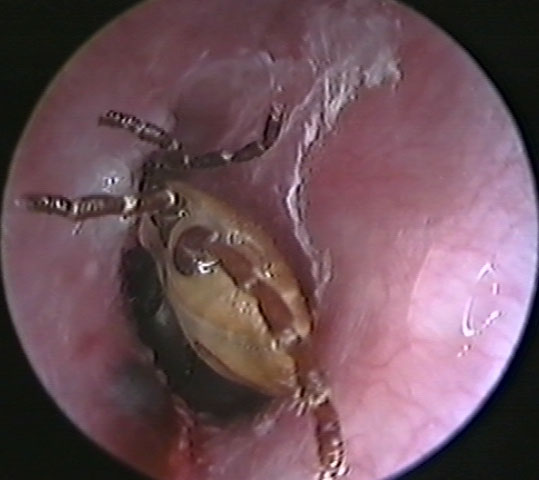The September 2012 issue of Forensic Science, Medicine, and Pathology contains an interesting article by Hejna, et al., analyzing a case of complex suicide. The article defines complex suicide as one "in which more than one suicide method is applied
either simultaneously or successively (one after the other)" and distinguishes complex suicides by two variations: planned, where two or more methods of suicide are combined simultaneously; and unplanned, where a second method of suicide is attempted to compensate for some unsatisfactory aspect of the first, i.e. unbearable pain, or inadequate severity.
This particular case was an instance of planned complex suicide, with the 39 year-old victim employing both a firearm and hanging. While this combination tends to be the most common in planned complex suicides, what makes this case salient is the use of a black-powder derringer. In what was likely an attempt to improve lethality, the gun was loaded with a powder charge far exceeding manufacturer specifications. This resulted in instantaneous death and atypical markings circumscribing the ballistic entrance wound. The effectiveness of the shooting rendered the secondary method of suicide ineffectual, as evidenced by the lack of indicators which are normally present in hanging deaths (such as bleeding into the intevertebral discs).
Hejna, et al. conclude with five key points for forensic investigators to take away from this case:
"1. The combination of hanging and gunshot injury is the most common arrangement involved in primary complex suicides.2. Injuries and fatalities resulting from the use of black powder handguns are relatively rare compared to other firearms.3. Black powder weapons produce entrance wounds with extensive sooting and powder tattooing (in close range and intermediate range shooting).4. The wounds from black powder firearms may have a characteristic sulfurous odor and the soot deposits may have a yellowish color.5. The atypical morphology of the entrance wound with extensive back spatter in this presented case was conditioned by the excessively short barrel of the derringer, a higher amount of black powder charge and by artificial incision of the projectile ogive."
View of the victim as found, with prominent atypical entrance wound. [Hejna, Fig. 2]
"The handgun used– black powder muzzle loading doublebarreled derringer." [Hejna, Fig. 6]
Hejna, Petr; Šafr, Miroslav; Zátopková, Lenka; Straka, Luboš. Complex suicide with black powder muzzle loading derringer. Forensic Science, Medicine, and Pathology (2012) 8: 296-300.







